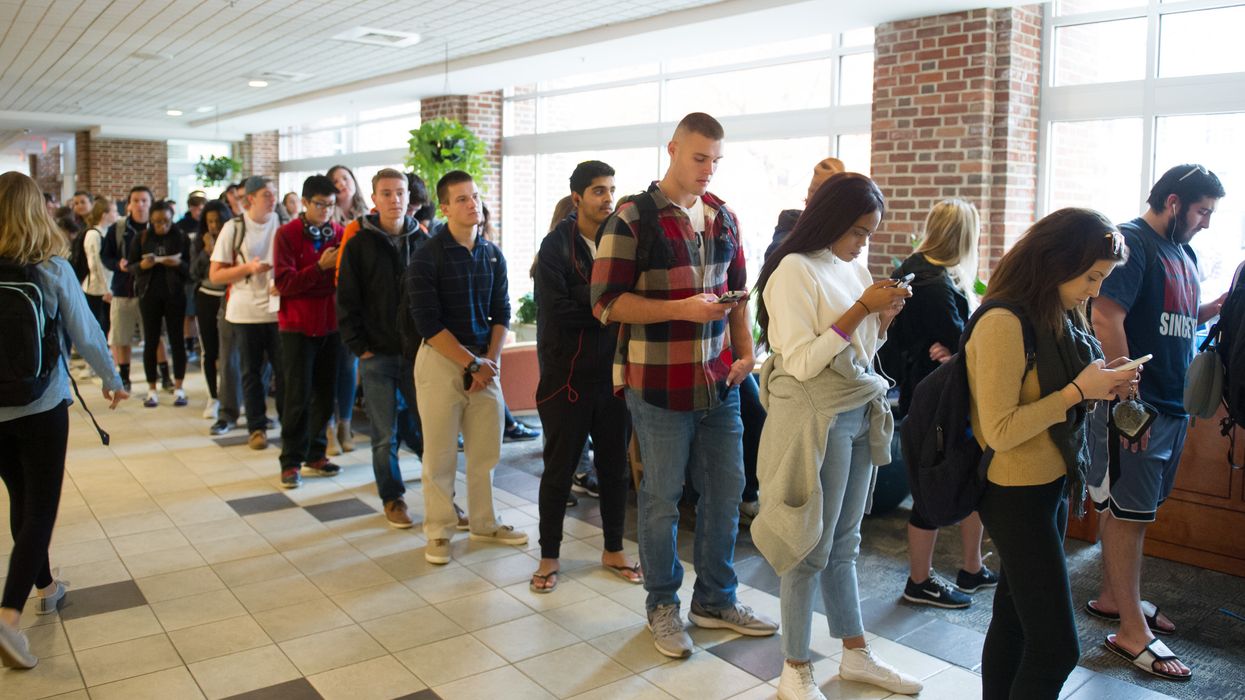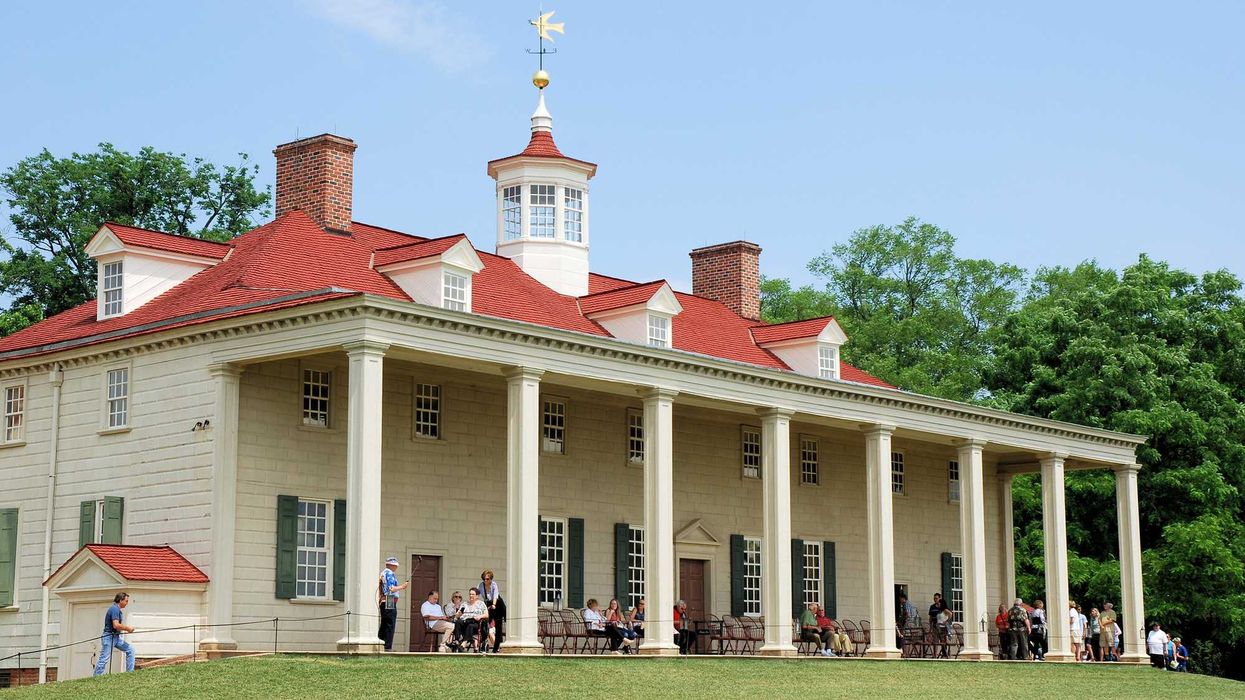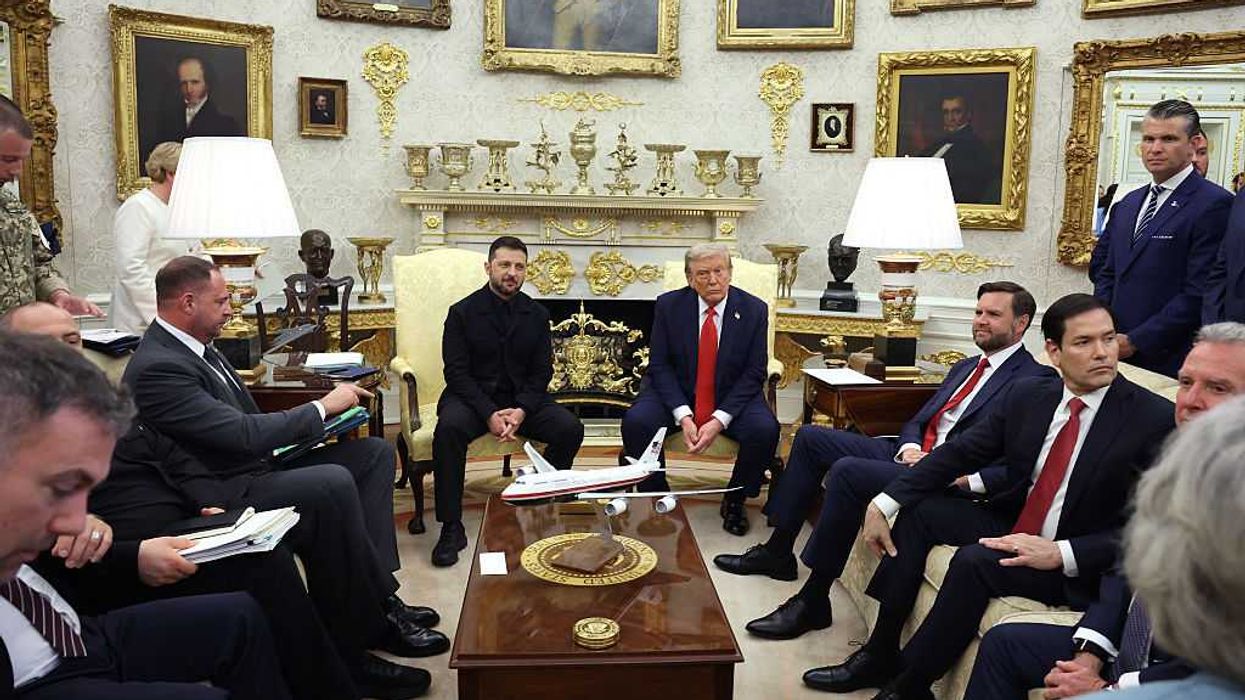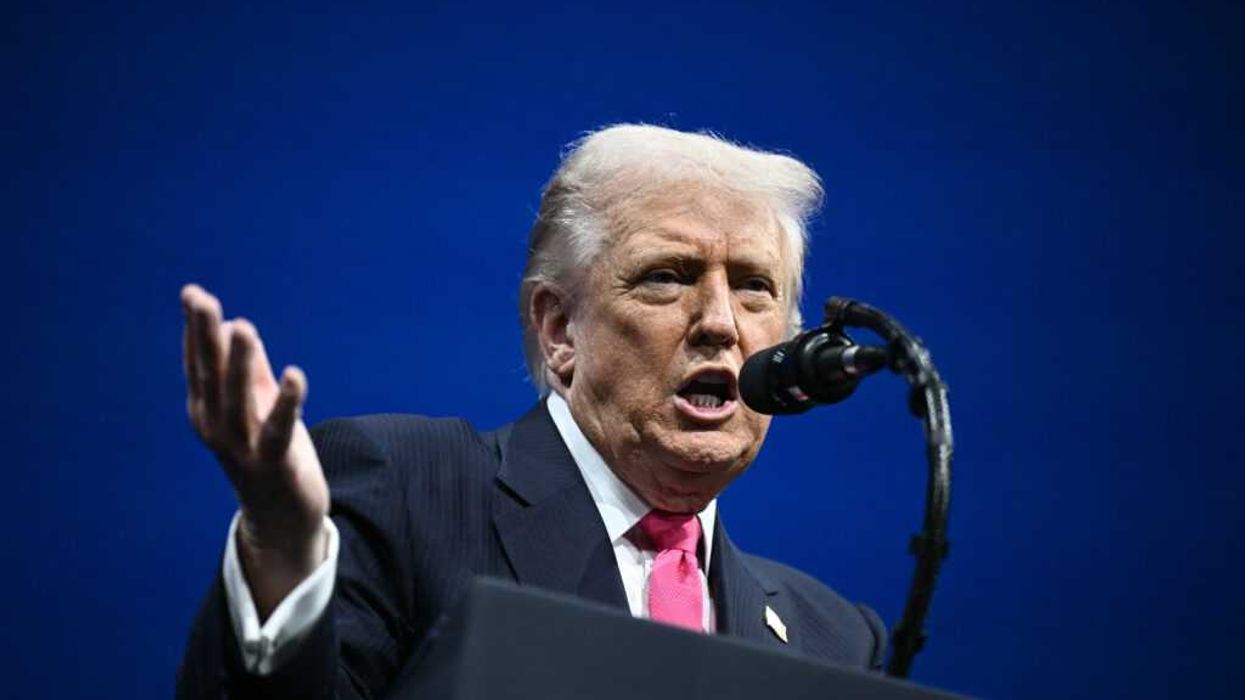Riegel is the co-founder of Motivote; a peer-to-peer social accountability platform that uses behavioral economics to improve voter turnout.
On paper, I'm a picture-perfect civically engaged millennial. I majored in political science, served in Teach for America and earned a master's in public administration.
But despite my passion for politics, I never voted in non-presidential elections. I knew it was important but didn't make it a priority.
Imagine what the country would look like if part-time voters like me showed up consistently.
In graduate school, I managed a year-long project on what it would take to make that happen. To answer that, I needed to understand what stops plugged-in, socially conscious and politically opinionated young people from turning out.
First, a caveat: Even getting to 100 percent turnout, on its own, would not solve our crisis of democracy. We need deep, structural reforms to ensure elections are fair and elected officials truly represent their constituents. That said, getting more people who can vote to actually vote is critical to building accountable and inclusive government. And it's a concrete way for communities to feel empowered in the democratic process.
If we don't peel back the layers of not voting, we'll stay blinded by the premise that if the ad copy were just catchy enough or if the celebrity PSA were just funny enough, more people would turn out.
This blindness is in part why spending on voter engagement skyrockets while turnout doesn't budge. We keep throwing money at the problem, rather than viewing voting as a behavioral breakdown.
That breakdown is the fault of "micro-barriers" — the comparatively small things, real and imagined, that get in the way of following through. (This is not to discount structural barriers to voting, like strict ID requirements and voter file purging, which demand a different set of interventions.)
Through hundreds of interviews with college students and 20-somethings, we've heard it all: "I'm still registered where I went to college and didn't know about the election until I saw Facebook today." Or, "I had a work trip and forgot to request an absentee ballot on time." Or, "this is too confusing. I'll do something wrong and feel dumb."
Such surmountable hurdles represent a gap between intention and action. We have all sorts of cognitive biases against following through on what we say we'll do. Across all areas of our lives, we're overly optimistic about our ability to complete socially desirable actions and underestimate what could get in our way. Voting is no exception.
Does "My diet starts Monday" sound familiar? That's present-bias, or preference for immediate gratification. A great example is online grocery ordering: Those who order far ahead stock up on more healthy items and spend less overall.
So when you register, you're imagining yourself as an A+ citizen fulfilling your civic duty. When Election Day gets here — and it's raining and you're tired and you have 100 things to do — your aspirational self slips away.
Another cognitive bias at play is overconfidence. If you're the type who believes voting is a good thing, you think you'll do it when the time comes. Your confidence blinds you from paying attention to things that could trip you up.
And the data backs this up: The dropoff between registering and actually voting is twice as steep for young people. A total of 31 percent of young people didn't vote in the 2018 midterms because they were too busy, 13 percent because they were out of town and 7 percent because they forgot. In contrast, only 3 percent of young people didn't vote because they didn't like the candidates or issues — underscoring that exciting candidates or messaging are not silver bullets.
To be clear, every generation votes less when younger. Despite "back in my day" nostalgia, when they were in their 20s baby boomers voted at the same rate as millennials now.
Across generations, young people vote at lower rates because we're more transient. We age into voting as we settle down to pay property taxes and send kids to public schools.
But these patterns are compounded by unique elements. It's no coincidence the viral Buzzfeed News piece "How Millennials Became the Burnout Generation" opens with a young man describing why he didn't register: "Fill out a form, mail it, go to the specific place on a specific day. But those kind of tasks can be hard for me to do if I'm not enthusiastic about it."
This reflects errand paralysis for a generation defined by self-optimization and overworking. Many tasks millennials find paralyzing remain stubbornly analog, like printing an absentee ballot request and putting it in the mail.
As a symptom of burnout, we put off these tasks "in avoidance, as a way to get off the treadmill of our to-do list" — and that leads to "dumb, illogical decisions." Like not voting when you know one vote makes a difference and you care about the outcomes.
Having come to understand not voting as a behavioral breakdown, focus on whether the strategies to drive turnout are actually bridging those intention-action gaps.
If you're simply pushing out more info, without structuring a supportive environment for navigating that info, you're not solving the problem. Effective supports include plan-making interventions, progress tracking and accountability for following through.
A number of strategies from behavioral science help combat cognitive biases to follow through on intentions, borrowing from other markets. DietBet adds friendly competition and monetary payouts to weight loss. ClassPass charges $15 if we flake on workout plans. The Long Game enters us into a lottery every time we put money into savings.
These are examples of commitment devices, decisions in the present to keep us on track to accomplish goals. We're precommitting to following through — with rewards or consequences for our future selves. When we view voting not as simply another behavior that be procrastinated and deprioritized, we're able to invest in what works to close the turnout gap.


















